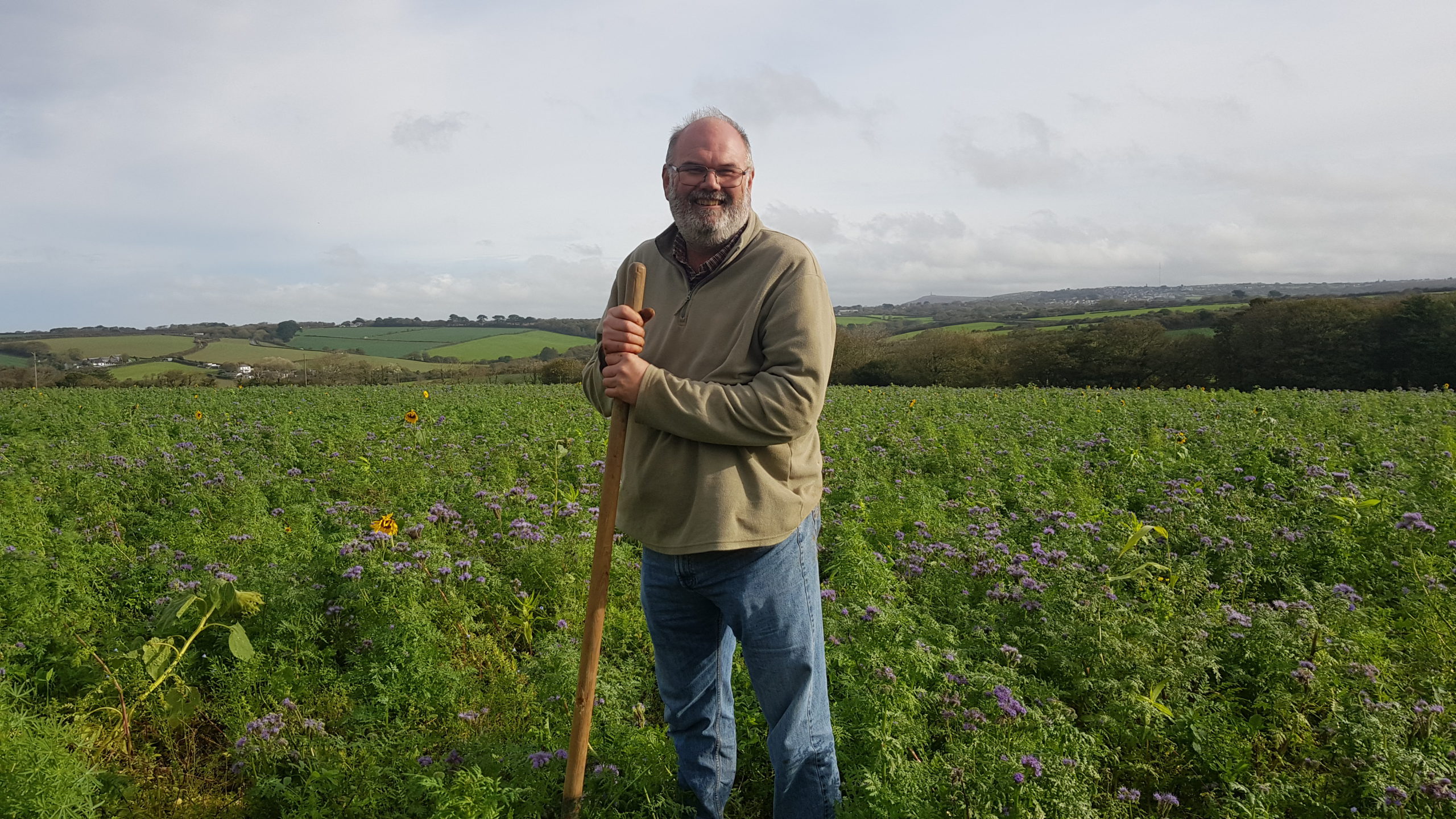
Guest blog by Claire Wallerstein, Cornwall Climate Care
Food systems under threat from climate change
Among the many threats posed by climate change, maybe the greatest is to our food systems. With our country producing less than 60% of what we eat, and the climate crisis already having a huge impact on many of the places we import our food from, the UK clearly needs to become more self-sufficient.
But increasingly extreme weather is affecting food production right here too. Following last winter’s endless rains, British farmers have had one of their worst harvests ever. We know that the way our land is farmed and managed can help us to mitigate the impacts of the climate crisis… or indeed to make things much worse.
However, with farmers facing unprecedented financial challenges and record numbers now fearing they’ll go out of business, can we realistically expect them to protect us all from climate change too?
Farming and land use are also increasingly becoming a lightning rod in the climate culture wars. Half-truths, misinformation and outright lies are being pushed across social media by those with a vested interest in crushing the whole green agenda.

While filming the Cornwall’s Climate Stories documentaries, we’ve been keen to find out whether all of this is impacting real world efforts to boost pro-climate and nature-friendly farming.
Farmers centre stage, with a supporting role by FCT!
As filmmakers without a personal connection to farming, it’s been fascinating for us to interview so many farmers and food producers across Cornwall (and our film Food for Thought was actually presented by an organic beef farmer).
We’ve also featured several members of the Farm Carbon Toolkit (FCT) team, including technical director Becky Willson, who we met in the middle of the 2022 drought.
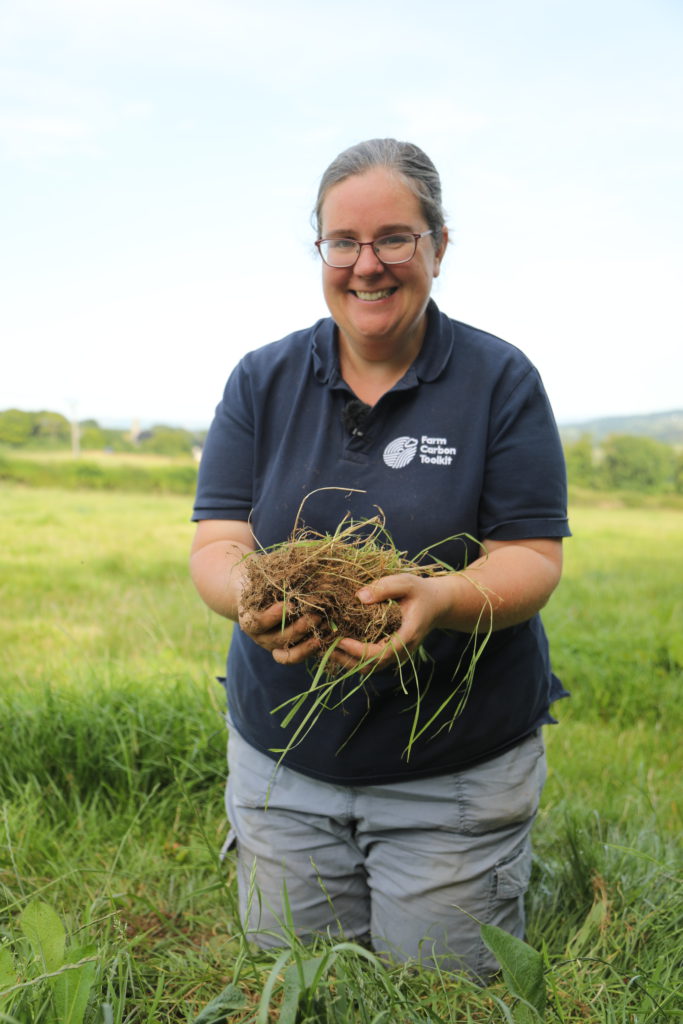
Becky took us out in a Cornish field to show us the huge differences that regenerative farming can make to both farmers and wider society. Biologically-healthy soils are not only more fertile, but also store more carbon, support more wildlife, and hold much more water – reducing flash flooding during our increasingly torrential downpours, but also enabling crops to keep growing during increasing periods of drought.
Another of our interviewees was FCT Impact Manager Jonathan Smith, who is trying to adapt to increasing coastal erosion as the sea level rises around his beautiful organic farm on St Martin’s in the Isles of Scilly.
Meanwhile, Farm Carbon & Soil Advisor Anthony Ellis appeared in our film Power to the People about climate change and energy, addressing one of the biggest flashpoints around climate action in rural areas – solar farms.
The loud public outcry against the idea of solar panels covering productive farmland has been unavoidable. However, Anthony believes we’re missing a trick by viewing land use in such a binary way.
He has raised his panels up 18 inches higher than usual to allow his sheep to graze beneath them. Aside from bringing him in additional income, the panels also improve the welfare of his animals.
When we visited on a very hot summer’s day, the sheep were relaxing in the shade of the panels and Anthony explained the grass holds on better beneath them during droughts than it does out in the open. Chickens can be kept beneath solar panels and all manner of veg grown between them too.

Few will argue that solar farms are beautiful – but the popular view of these sites as sterile and lifeless can be far from the truth. Recent studies have found well-managed solar farms act as vital havens for wildflowers and critical pollinators among barren landscapes of industrial farmland.
Bringing nuance into the debate
Concern over food security is totally understandable. However, even if all the solar area envisioned in the government’s net zero plans were built, this would still take up only 0.3% of our land area – just half the amount of land taken up by golf courses (and 0.5% of the land currently used for farming).
Solar farms are far from the only controversial way of using farmland to tackle the climate crisis though. Tree-planting initiatives are also leading to fears of food-growing areas being lost.
However, the picture is more nuanced here too. Agroforestry is a great way of introducing more trees into the landscape, while still using it for farming.
Chris Jones, who farms near Ladock, has planted strips of willow through some fields, allowing him to mob graze his livestock (regularly moving animals on from one small area of land to another, which is a great way of boosting soil biology and carbon storage).
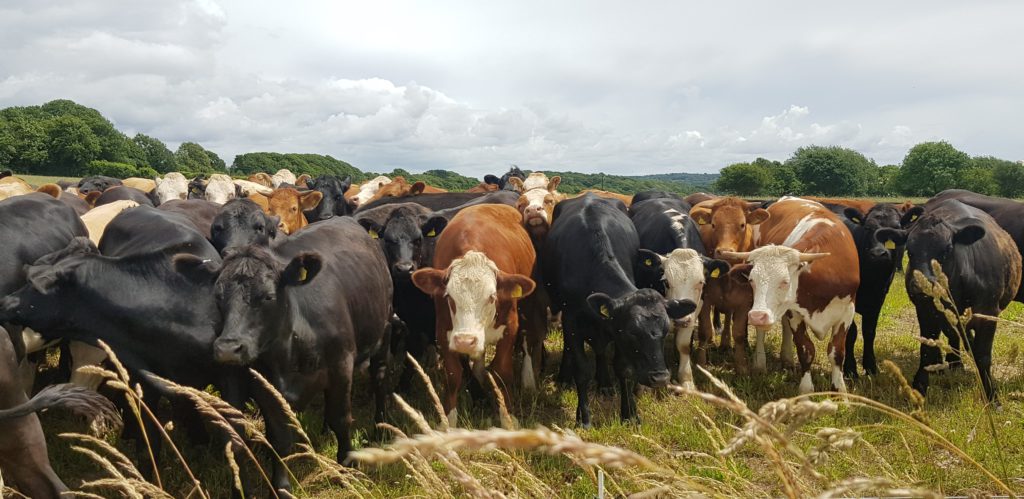
Planting more trees across a farm, or allowing hedgerows to grow out, not only benefits birds, pollinators and other wildlife. This can also provide shade and shelter, important for livestock as our weather becomes more extreme, as well as additional fodder. Trees can also be coppiced to provide firewood or fencing materials, or could provide additional crops such as fruit or nuts.
Tree planting is often linked to something else that has spawned huge controversy – rewilding. Yet several farmers across Cornwall are involved in this to different degrees too, re-introducing extinct or struggling species from tiny harvest mice or water voles to larger and much more misunderstood ones, like beavers.
There’s alarm in some quarters about beavers eating fish (they’re vegetarian) or killing trees (most of the trees they fell regenerate). Concern about flooding of farmland may be more of a possibility. However, experience in countries like Germany, where beavers were reintroduced over 60 years ago, has shown these animals can be managed and relocated quite easily if problems arise.
In terms of benefits, beavers’ leaky dams help to clean up rivers and drastically reduce flash flooding, while the ponds behind them have been proven to kickstart an amazing return of other life, from insects and fish to bats and birds. Importantly for farmers in our changing climate, they can also provide a valuable reserve of water for potential use in times of drought.
Turning challenges to opportunities
We’ve met so many Cornish farmers who are grasping the climate challenge with great enthusiasm – from the Stoke Climsland cluster of small farmers working together to create wildlife corridors across their wider landscape, to huge businesses like Riviera Produce, which farms 8,000 acres across Cornwall, producing a significant amount of the UK’s cauliflowers, cabbage, courgettes and kale.

By adopting more techniques such as companion planting to encourage natural pest predators, Riviera have managed to massively reduce the amounts of pesticides and other chemicals they use. Worm counts in their soils have boomed, and by using cover crops after harvest instead of leaving bare earth there’s now far less run-off from their fields to cause flooding in nearby villages.
But…. there is one big elephant in the room around farming and climate action in Cornwall. Just a cursory glance shows that most of our farmland is dedicated to livestock – and the climate impact globally of the meat and dairy industry is huge.
Livestock farming may be a traditional part of Cornwall’s heritage and it’s true that we grow grass here very well. However, many animals today actually live in highly intensive systems dependent on imported feed and chemicals, with their waste contained in vast slurry lagoons that pump out planet-heating methane.
Innovative Cornish research is attempting to tackle these impacts – for example by capturing methane and turning it into a green fuel, or researching new feeds to replace damaging Amazonian soya.
These advances are important given that these mass-produced animal products are sadly much more affordable than milk or meat from higher welfare and more nature-friendly, pasture-fed animals.
However, it’s also important to recognise that nearly 10% of the UK population is now either vegetarian or vegan. Could this offer new diversification opportunities for Cornish farmers too?
We already have more Community Supported Agriculture (CSA) schemes, growing veg to organic principles, than anywhere else in the country – but there is potential for much more horticulture here too. A changing climate may increasingly also enable us to farm more and different crops, such as sweet potatoes, soya and grapes.
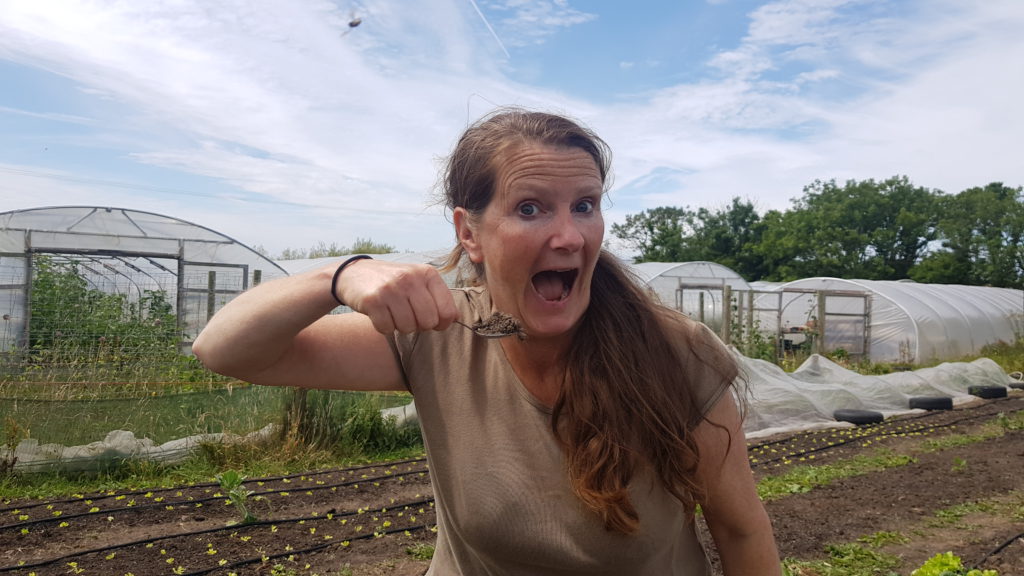
At least one Cornish livestock farmer is even considering growing oats to tap into the vegan oat milk market too!
Farmers have always been great at adapting to whatever is thrown at them – be that weather, government policies or changing public tastes.
However, as climate impacts worsen, adaptability is going to become key to their survival. We all depend on farmers three times a day, so supporting them in this changing world should be a priority for all of us too.
We’ve seen some tantalising glimpses all over Cornwall of many ways in which farming could become more resilient and much better for nature, people and the climate.
Making this a meaningful reality is clearly going to need much greater support from the government. However, we hope that, by showcasing the stories of so many passionate food producers around Cornwall, our films can help to enthuse more of the farming community to get on board with becoming part of the climate solution too.
Watch the films
You can watch all the excellent films for free here at https://www.cornwallclimate.org/films
FCT would like to send thank Claire for the blog and the excellent work of bringing to life Cornwall’s Climate Stories.

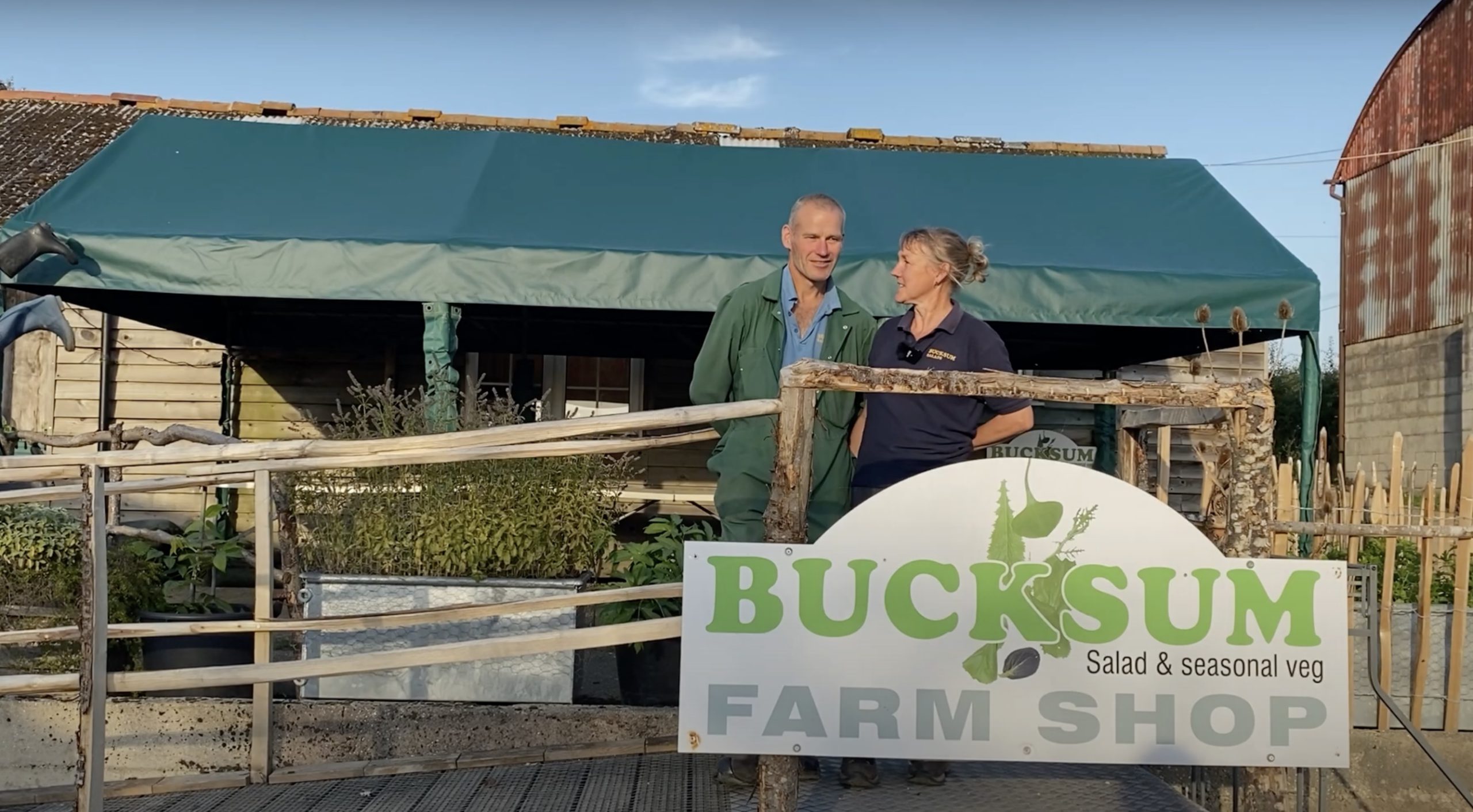
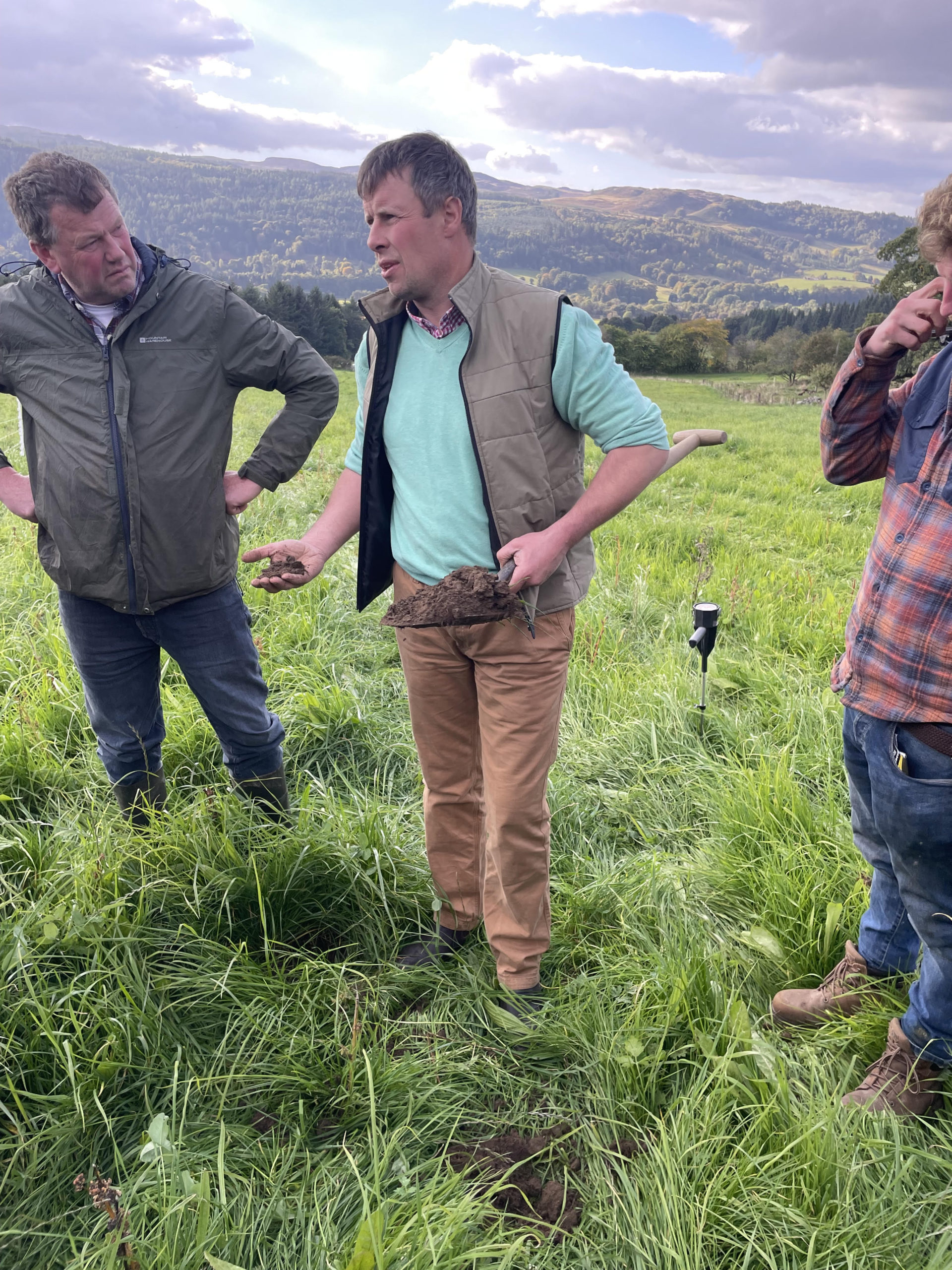




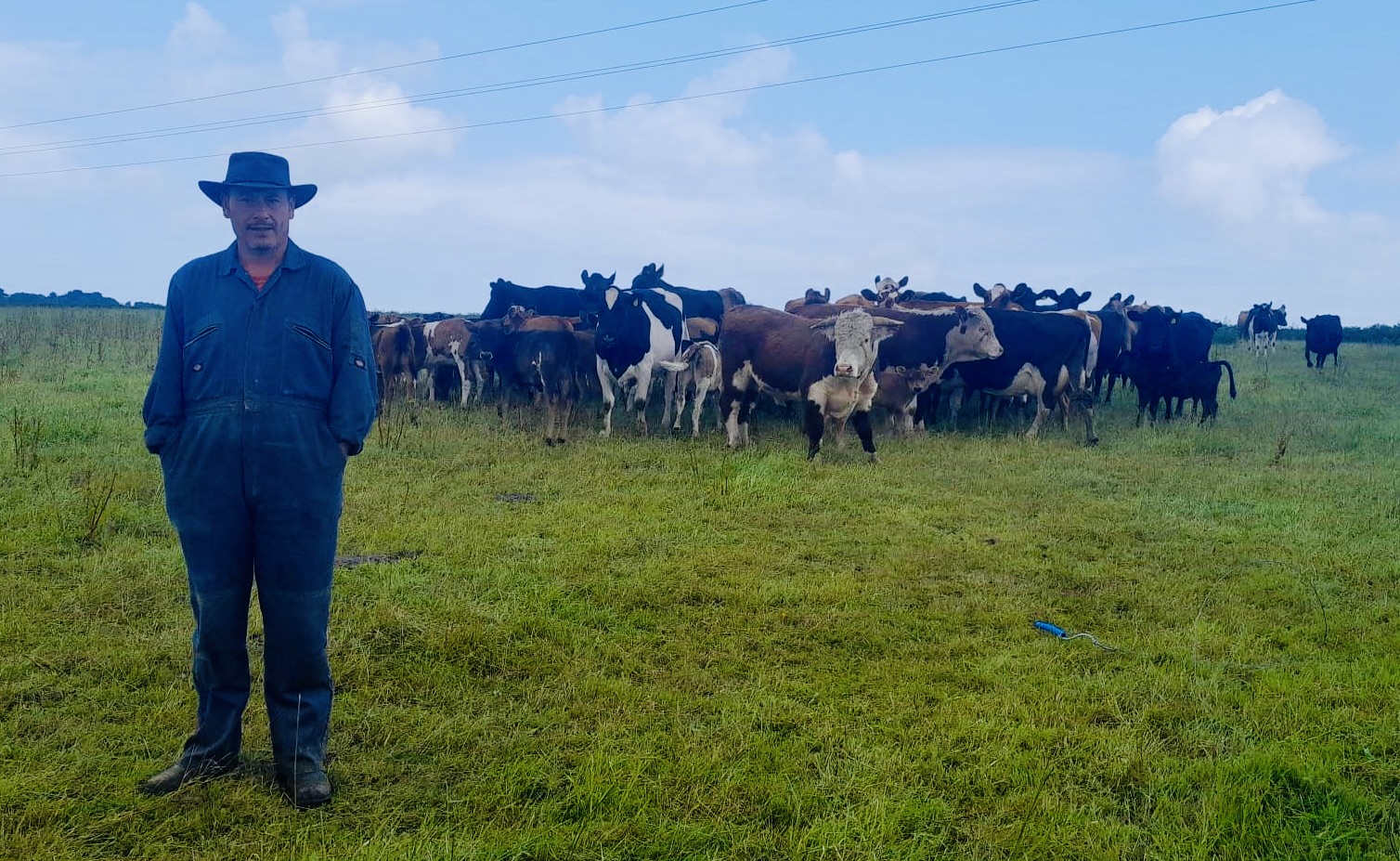
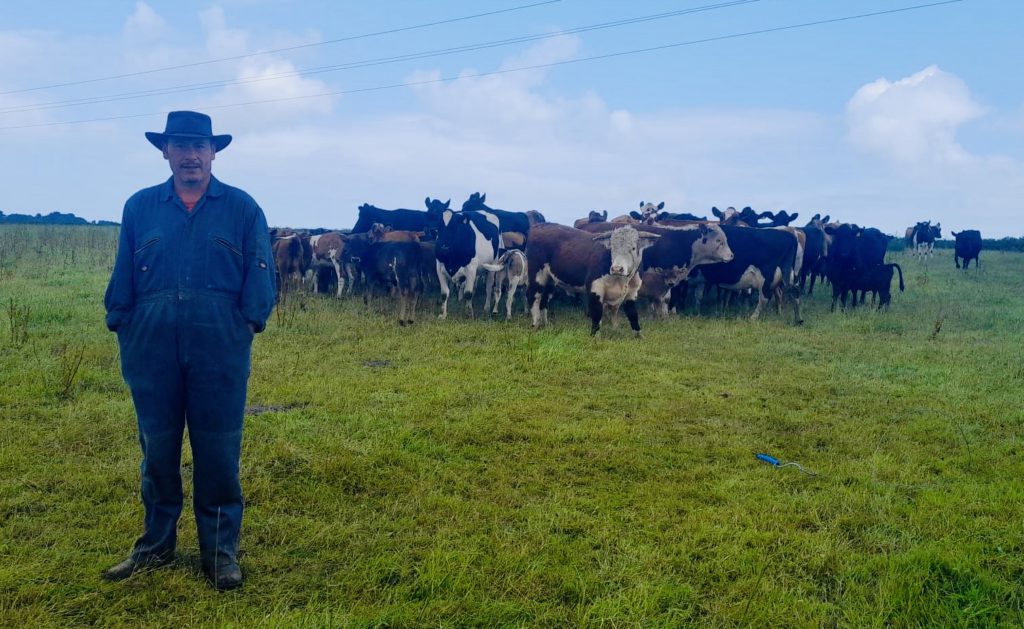
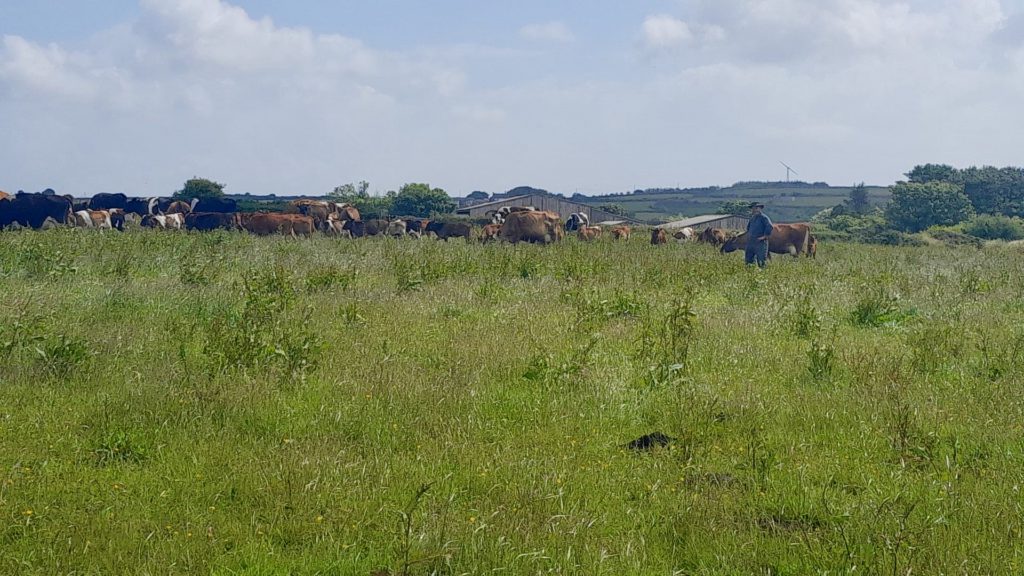
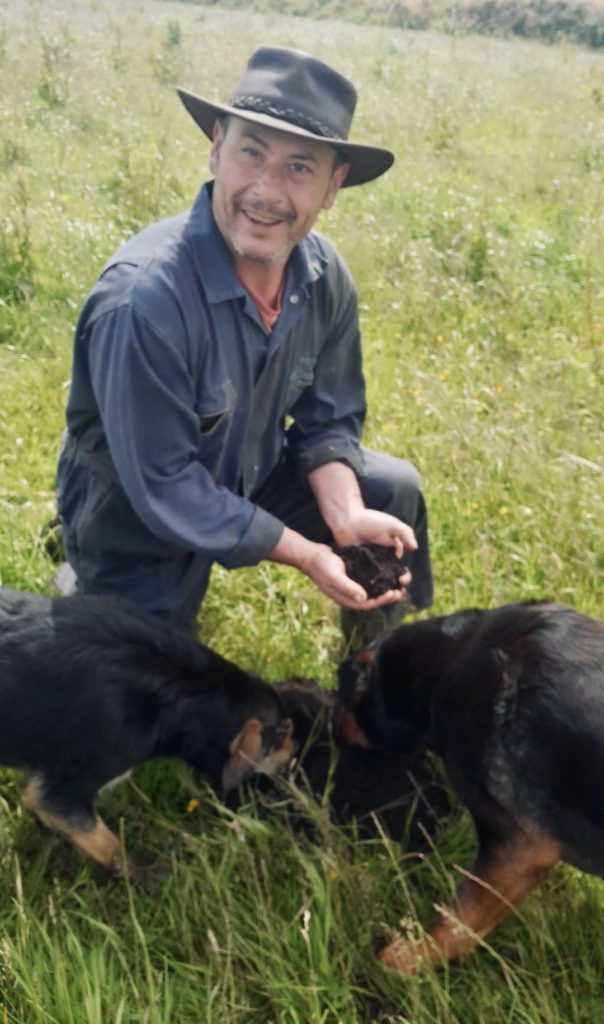
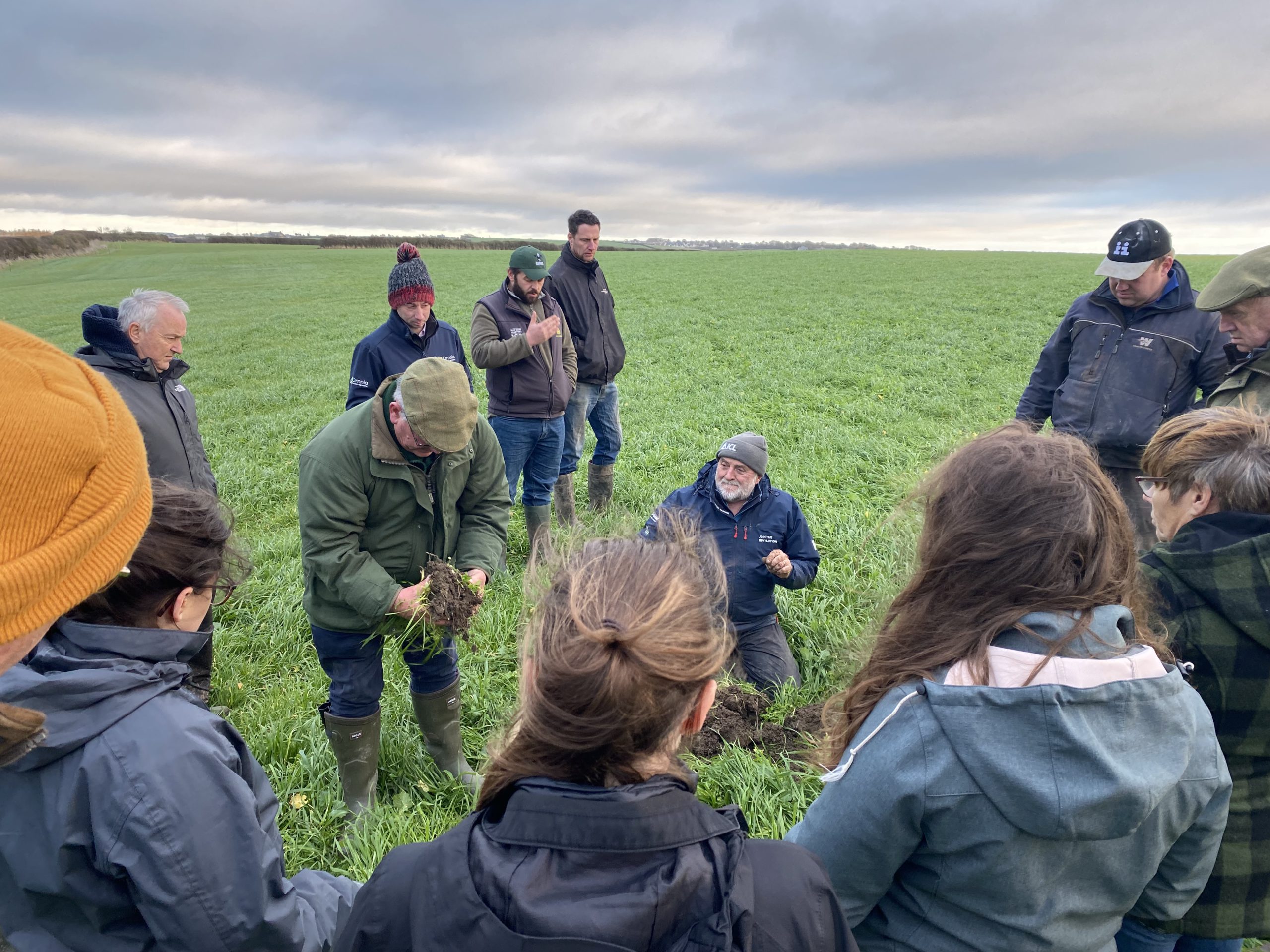
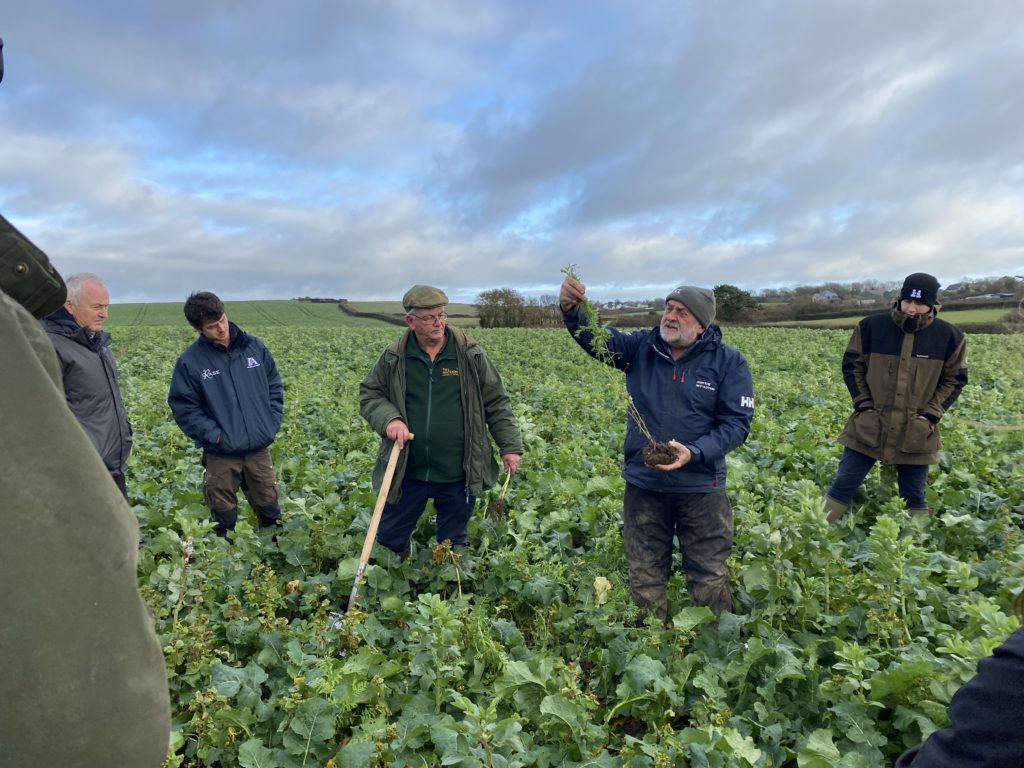
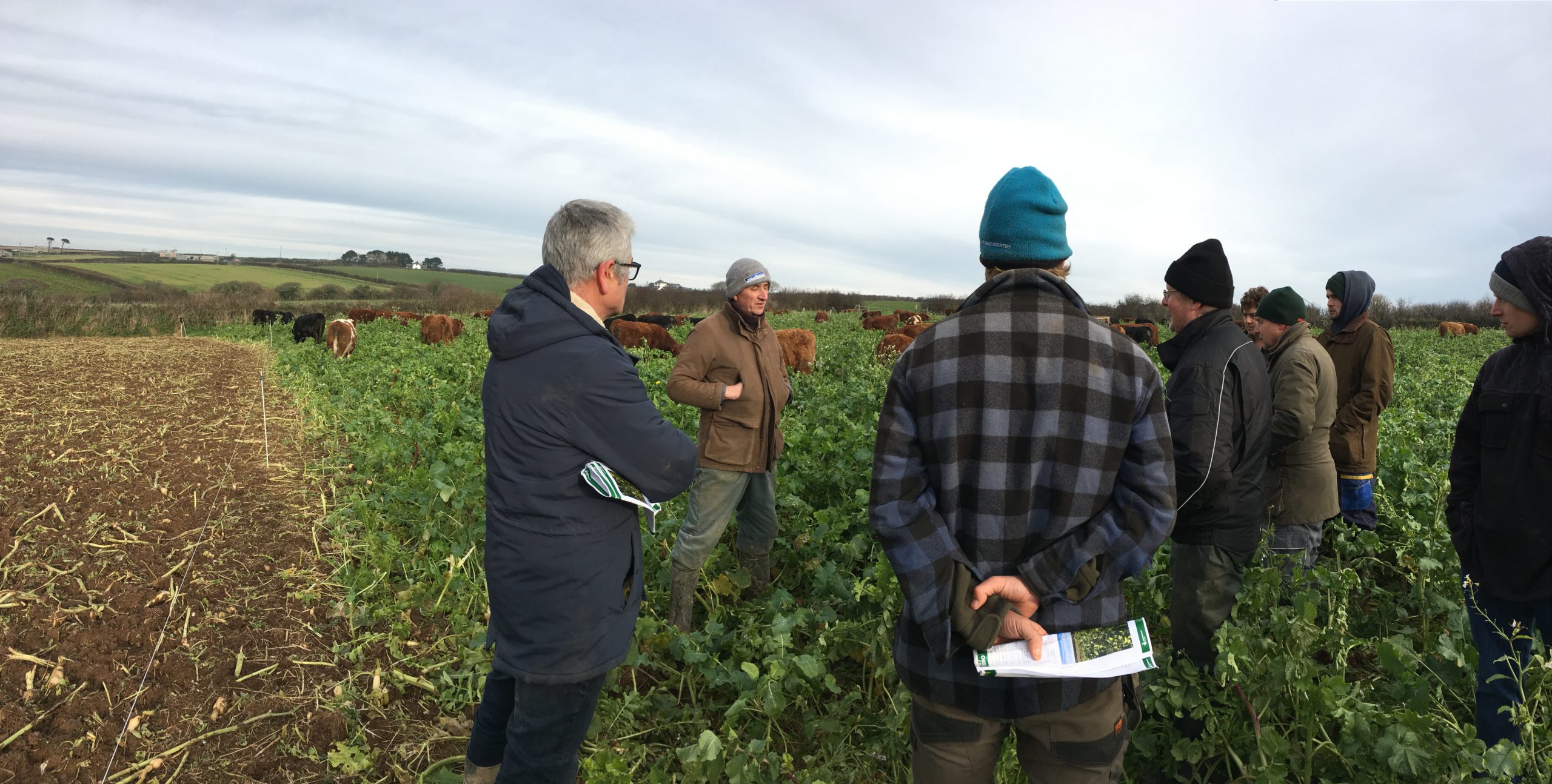
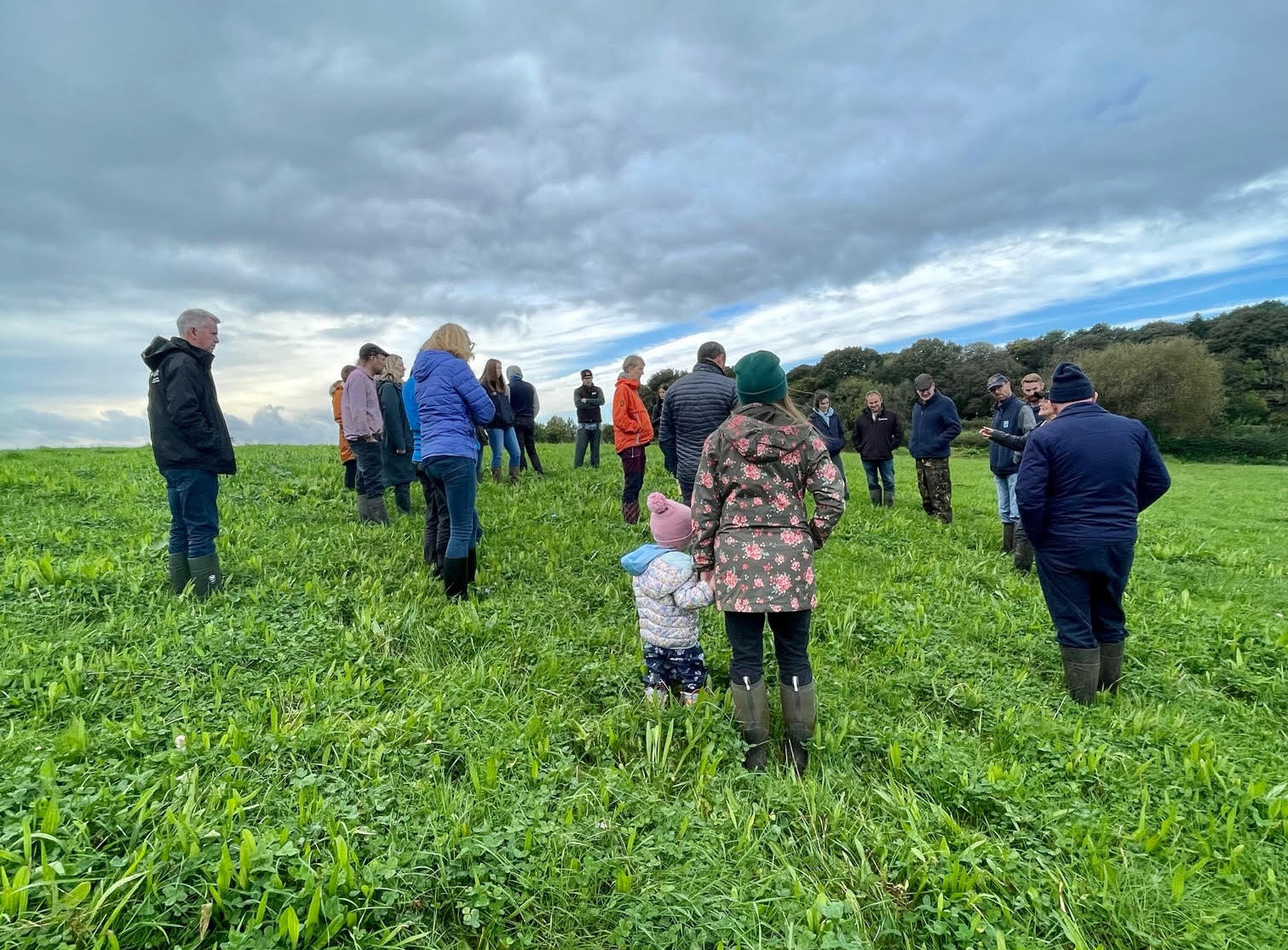
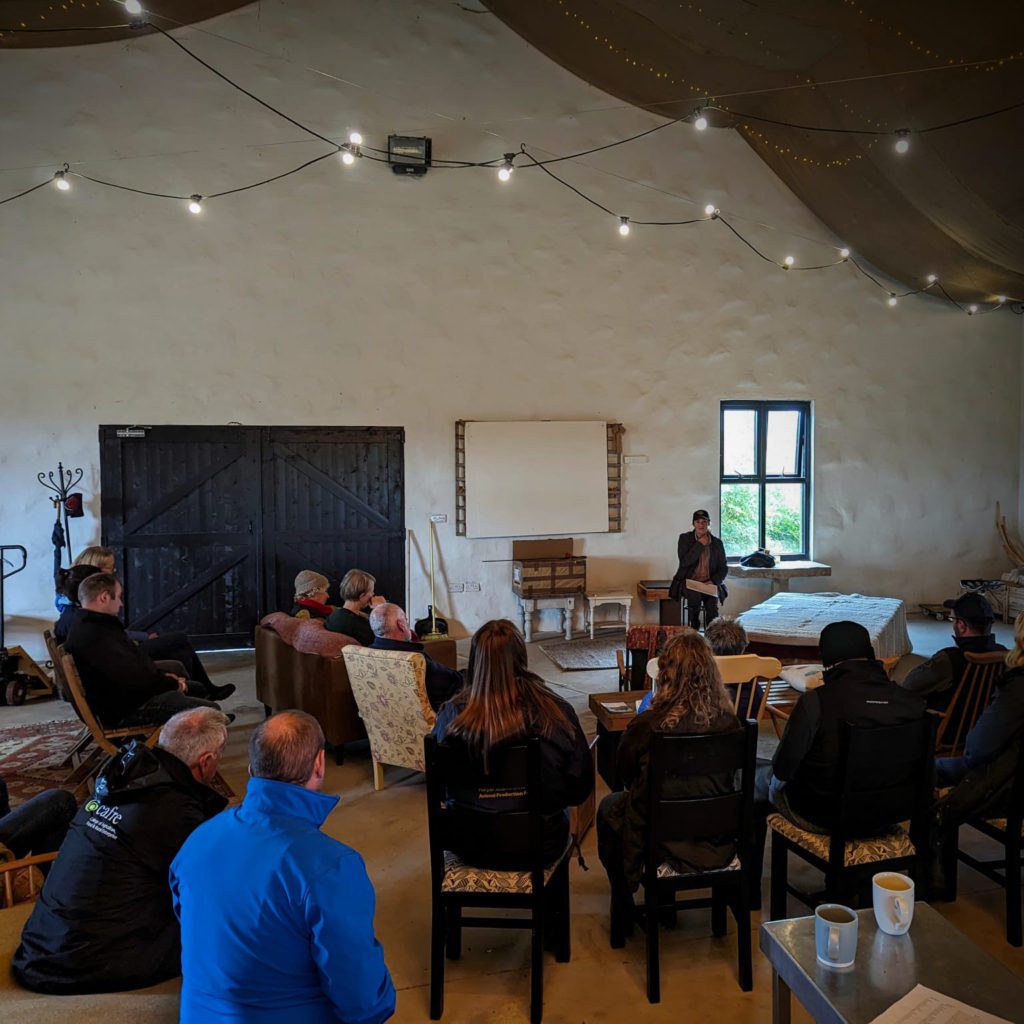
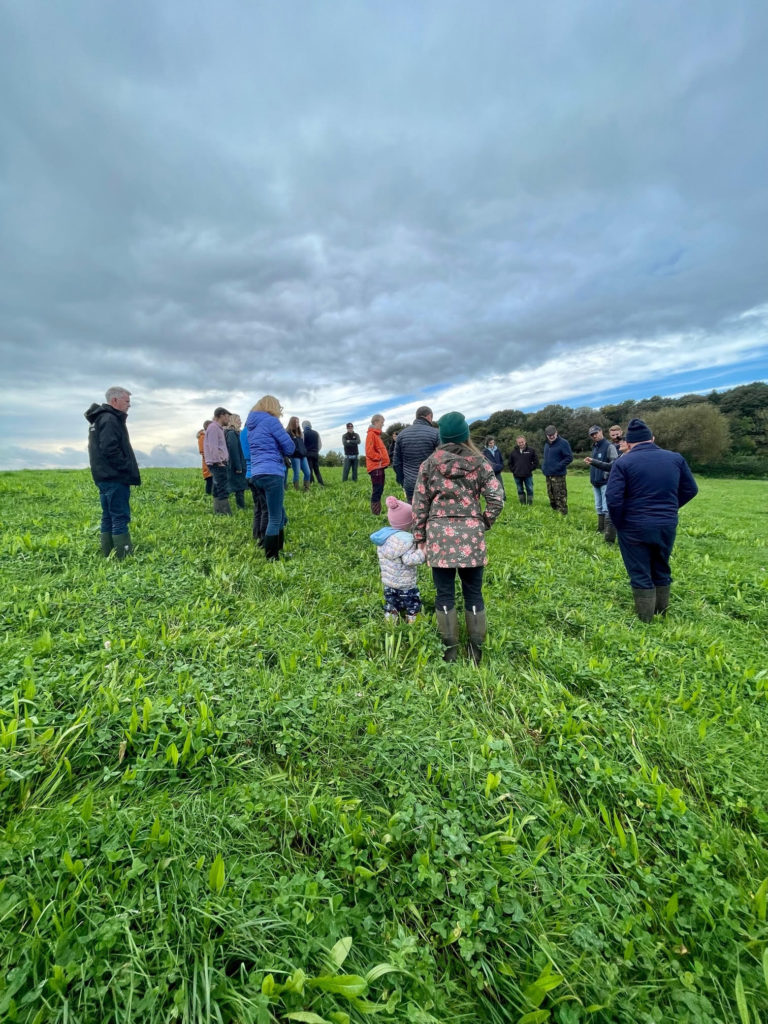

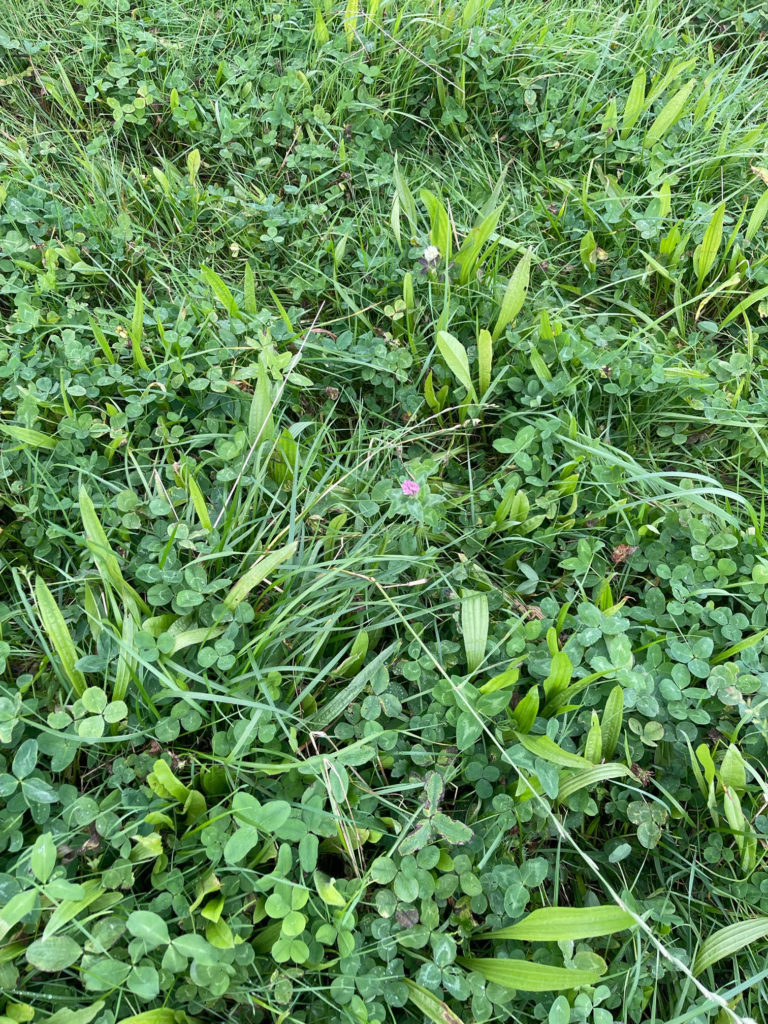

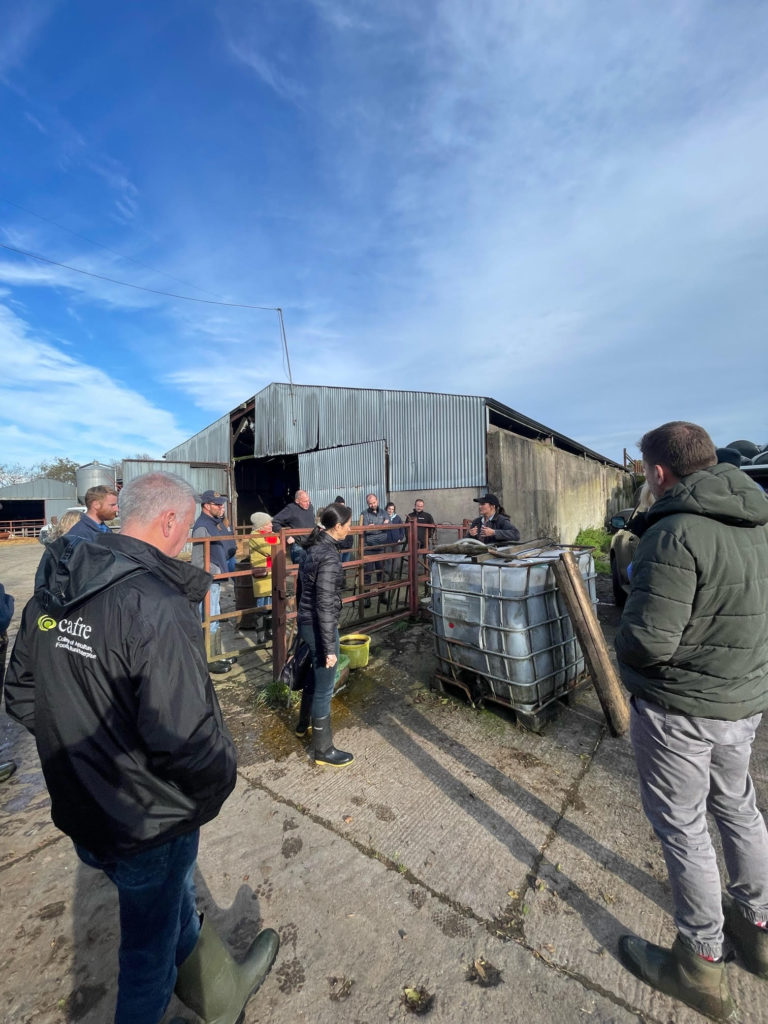
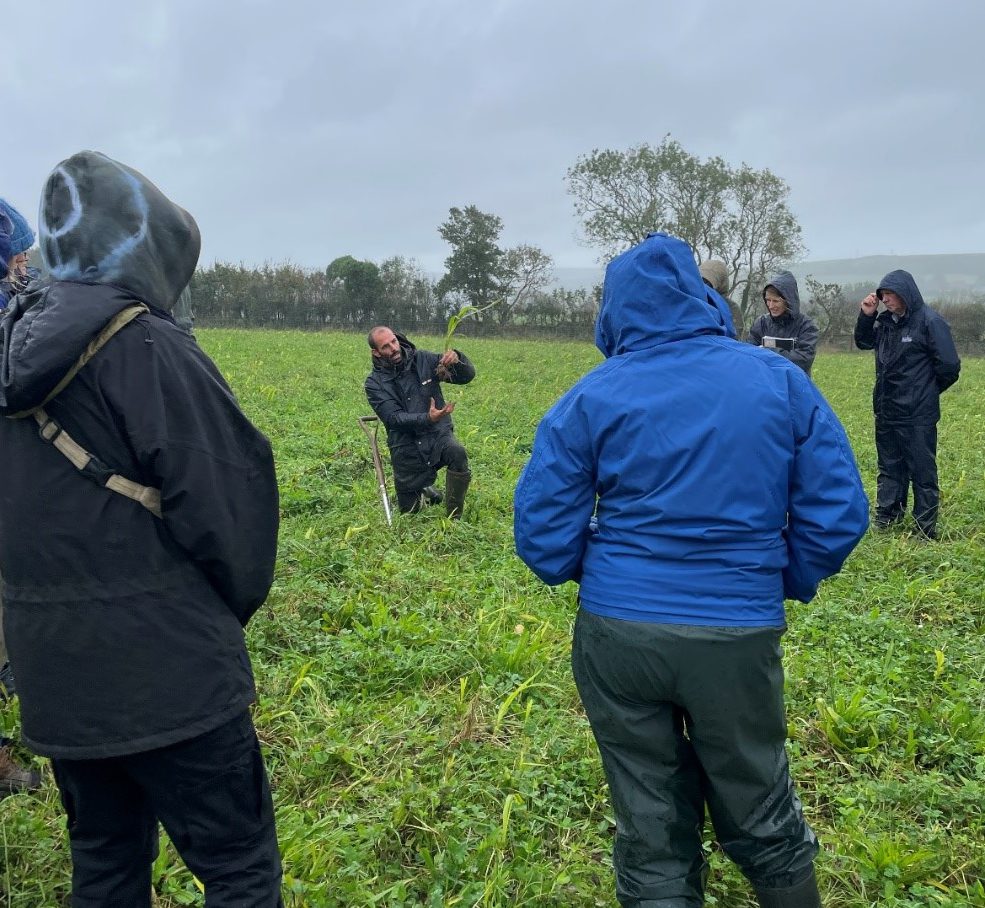


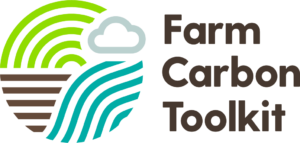
Recent Comments